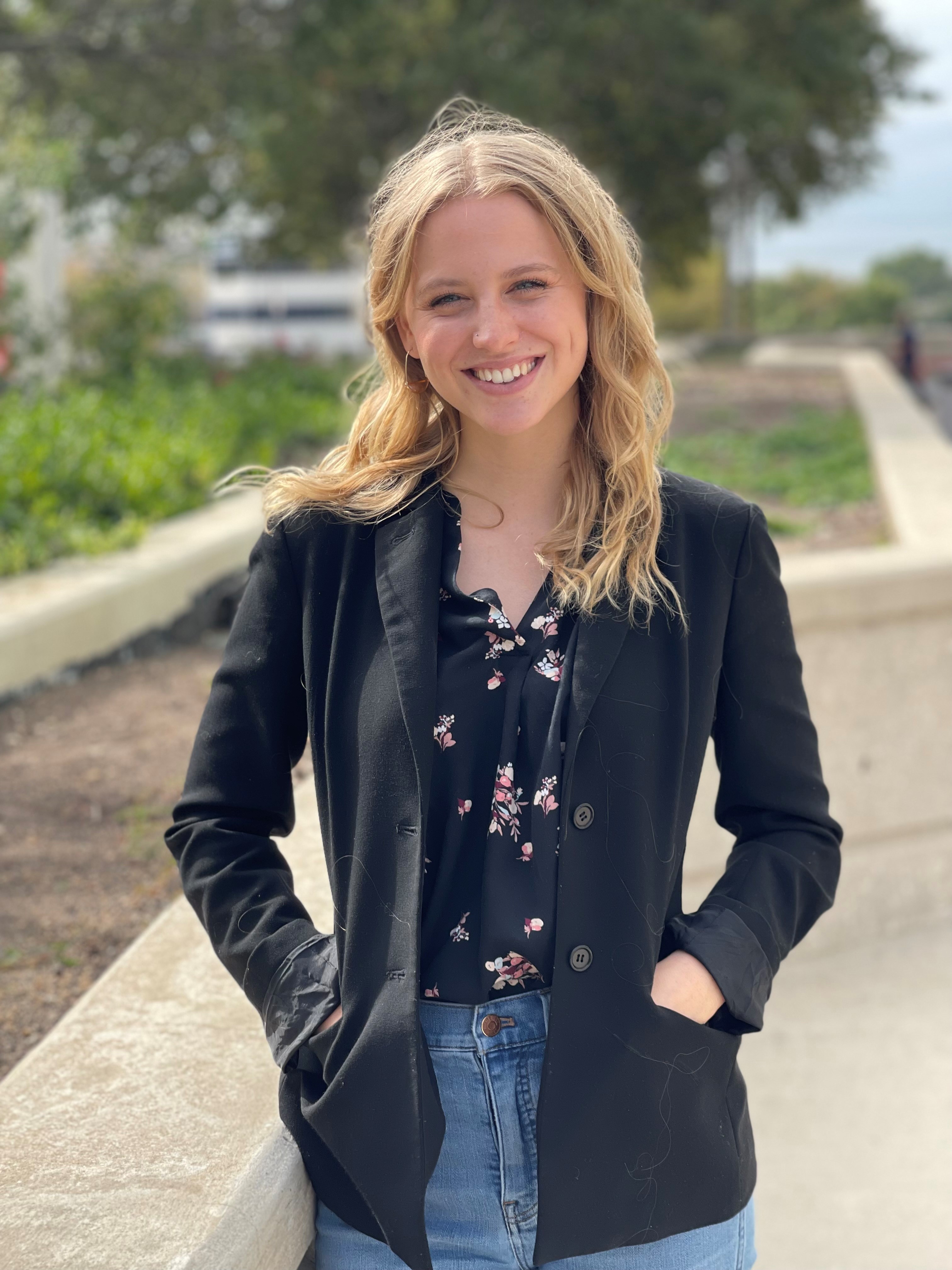Eating Disorders
Recommendations from Older Adult Women on Age-Tailoring Evidence-Based Treatments for Binge Eating Disorder: A Mixed-Methods Approach
(PS6-A8) Recommendations from Older Adult Women on Age-tailoring Evidence-based Treatments for Binge Eating Disorder: A Mixed-methods Approach

Savannah C. Hooper, B.A. (she/her/hers)
Graduate Student
University of Louisville
San Antonio, Texas- VM
Victoria B. Marshall, B.A.
Graduate Student
Arcadia University
San Antonio, Texas - LK
Lisa S. Kilpela, Ph.D.
Assistant Professor
University of Texas Health Science Center at San Antonio
San Antonio, Texas
Author(s)
Co-Author(s)
Binge eating disorder (BED) is defined as averaging one objective binge episode (consuming unusually large amounts of food in one sitting while feeling out of control) per week for the past three months. Older adult women experience high rates of binge eating yet are understudied in eating disorders research. While cognitive behavioral therapy is an evidence-based treatment for BED, in 58 eating disorders randomized control trials, only 3 allowed participants age ≥65; none were designed for older adults (Burnette et al., 2022). Thus, no guidelines exist for the treatment of BED in older women. The current study is a concurrent nested mixed-methods study that gathered and integrated quantitative and qualitative feedback from older women (ages 60+), with current BED, on existing treatments for binge eating. The goal is to use this feedback to tailor a BED intervention for older women.
Participants (N = 18, ages 60-76), provided feedback on six existing evidence-based intervention approaches: Nutrition Guidance, Emotion Regulation skills, Acceptance and Commitment Therapy (ACT), Appetite Awareness Training (AAT), Cognitive-Behavioral Therapy-Enhanced (CBT-E), and positive Body Image. Participants viewed intervention materials and provided quantitative feedback before attending focus groups. During focus groups, we collected qualitative data regarding intervention material content, presentation, and logistical considerations for program implementation.
Quantitative data indicated that participants most commonly rated AAT, ACT, and Emotion Regulation skills as strategies they were “most likely to try”; Nutrition Guidance and Body Image activities were most often rated as “least likely to try.” Different themes in qualitative data explained these findings. Emotion Regulation was most frequently rated as “most likely to try” as participants reported emotions were the core of the problem. ACT was favored for its focus on values as motivation. Participants reported that the idea of accepting discomfort (e.g., cravings) but not acting on it was different and helpful. Participants also liked aspects of AAT, such as focusing on how to eat mindfully to stop at moderate fullness (versus feeling “stuffed”). Other themes included Nutritional Guidance was repeat information and insufficient to incite behavior change, CBT-E food tracking was redundant and unhelpful, and Body Image exercises were way too hard and scary. Age-specific themes included social isolation with age, adapting to life transitions (e.g., empty nest, retirement), and loss/grief. Regarding program logistics, themes included: 1) forms/language simple and easy to digest, 2) small groups are preferred for social support, and 3) concerns regarding sustainability of behavior change after a program ends. More in depth information and exemplar quotes will be included on the poster.
Overall, older women with BED want effective treatments that bring a different approach to healthy eating and that are tailored for their age group. Preferred treatments align with emotion regulation and acceptance strategies; both social support and interactive learning were emphasized. Future clinical trials of age-tailored BED treatments for older adults are needed.

